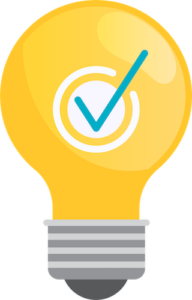03
MANAGED BI
Managing your
current BI tool.
current BI tool.
02
OPTIMIZING BI
Simplify your
enterprise reporting.
enterprise reporting.

Chances are, you’re not realizing the full value of your IBM Cognos reporting platform. Unlocking that value means streamlining your content and improving how you manage your platform — daunting tasks if done manually. Enter Content Rationalization. It combines best practices, proven tools, and skilled consultants to assess and organize content at a fast, cost-effective pace and improve platform management. Before you know it, you’re seeing the true value of all IBM Cognos can do.
Leveraging Content Rationalization to remove unwanted, unused, and duplicate content provides cost and performance benefits:


